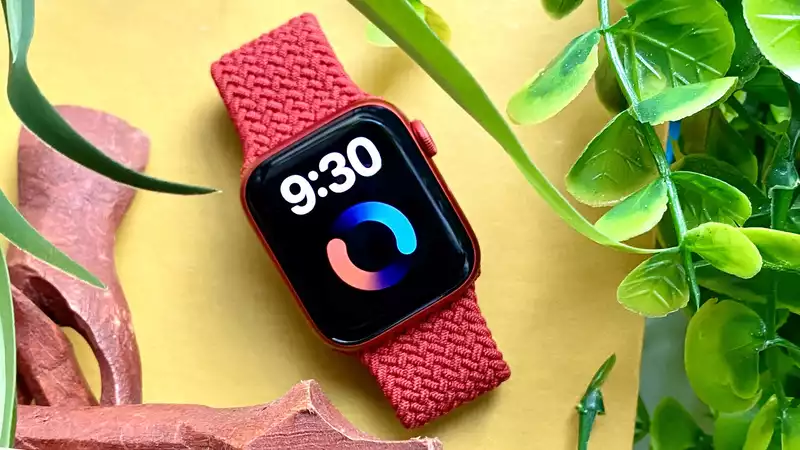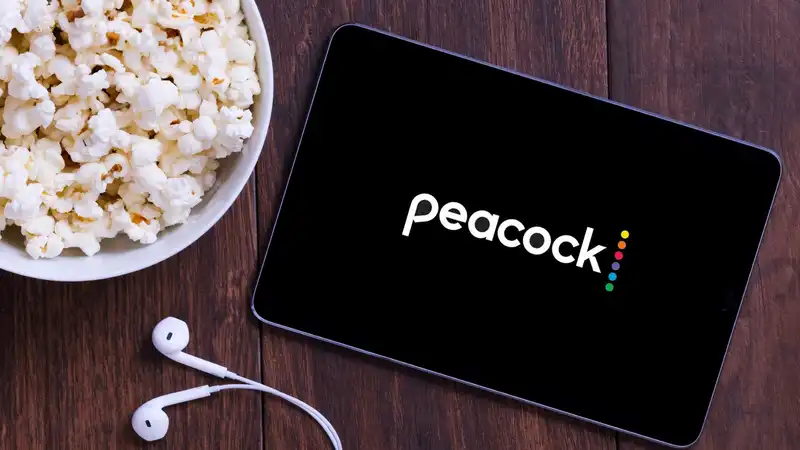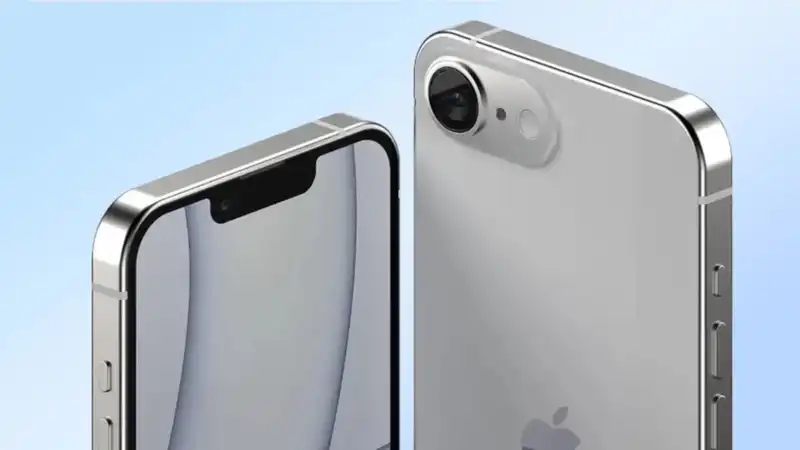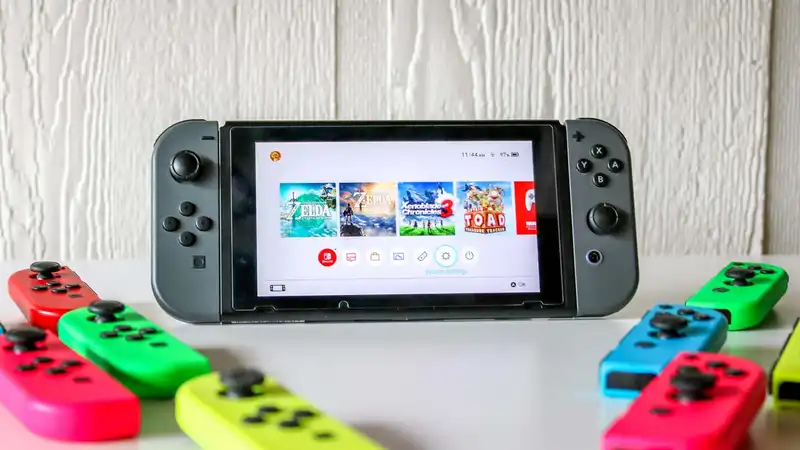Owners of the Apple Watch Series 6 can take SpO2 measurements at home using the Apple Watch blood oxygen measurement app Similar to a finger-based pulse oximeter, Apple's flagship smartwatch can tell you your body's oxygen saturation without having your blood drawn in a lab
Many of the better smartwatches also offer blood oxygen measurement capabilities, the Apple Watch being the most popular of them all And as an exclusive feature of the Series 6, those who have recently acquired Apple's latest flagship may be curious about how to use the Apple Watch Blood Oxygen app
The Apple Watch has earned its category-leading reputation by making things easy, but reviewers and users alike have run into some problems with accurate blood oxygen measurements We had more success, but spent weeks brushing up on the guidance for Apple's blood oxygen measurement app and understanding the variables that affect the readings
Here are some tips on how to use the Apple Watch blood oxygen measurement app, what we know about measurement accuracy, and what to do if a measurement fails
First things first: the Blood Oxygen app on the Apple Watch is not FDA approved; unlike the Apple Watch electrocardiogram (ECG) reader, the Blood Oxygen app does not have a public health seal of approval and cannot diagnose you based on your measurements Apple even provides a disclaimer in the app that the Blood Oxygen measurement is not for medical use
The Blood Oxygen app on the Apple Watch provides a brief blood oxygen overview, explaining that 95% to 100% of readings are considered average, although factors such as high altitude and non-life-threatening sleep conditions can produce abnormal readings
Below-average readings may also be a symptom of lung disease, such as asymptomatic hypoxia, a life-threatening condition that can escalate the effects of respiratory disease
If blood oxygen levels are low but there are no irregular respiratory symptoms, the readings may be inaccurate Several factors that may cause this are discussed below Nevertheless, if you have shortness of breath, coughing, or wheezing and are concerned about your blood oxygen level, you should consult your physician
The Apple Watch Blood Oxygen app requires an Apple Watch Series 6; the Apple Watch SE and Apple Watch Series 3 do not support SpO2 measurements
1 Open the Blood Oxygen app on your Apple Watch If you plan to measure regularly, it is easy to place the Blood Oxygen app complication on the watch face
2 Place your arm and wrist on a flat surface and make sure the Apple Watch is facing up; Apple states that you may place your arm on your lap, but we have found that using a flat surface is more successful Prepare the arm so that it will not move
3 Click Start Measurement; do not move your arm for 15 seconds
4 Wait 15 seconds; if the Apple Watch is able to obtain a measurement, the blood oxygen level will be displayed Press the information icon next to the measured value to learn more about the Apple Watch Blood Oxygen Level app, or press Done to exit
There are a number of reasons why the Apple Watch Blood Oxygen Level app may display a "measurement failed" reading; Apple Watch will not tell you which of these factors you need to adjust, but here are a few tips to get the app working properly Here are a few tips to get your apps working properly
1 it does not move during the reading Moving your finger or adjusting your arm may cause the reading to not work Always position your arm and wrist before pressing the start button
2 Make sure the Apple Watch is snug against your wrist; the back of the Apple Watch should touch your wrist; if the Apple Watch is loose on your wrist, tighten the Apple Watch band Apple's elastic Braided Solo Loop and standard Solo Loop fit tightly together as long as they are the right size
Even under the right conditions, the Apple Watch does not always give reliable blood oxygen measurements every time Tattoos, high heart rates, and skin perfusion can also cause the measurement to fail Try different factors and wrist positions to find what works best for you
For tips and tricks on how to get the most out of your smartwatch, see our guide to using the Apple Watch










Comments